While many of our BarnManager users are in warmer climates (or escape to them for the winter!), most of us are bundling up in scarves, sipping on pumpkin spice lattes, and preparing for the impending cold weather.
As the temperatures drop and you dig your horse’s blankets out of storage, it’s time to solidify your plans for the coming months. Taking the proper preparation steps now can go a long way in avoiding last-minute scrambling. Whether winter in your region means snow or just rain, the next few months in North America usually brings some type of hassle for horse owners. Take the stress out of your pre-winter prepping by ensuring your horse property is as chore-efficient as possible – we’ve prepared the following check-list to get you started!
1) Order Hay and Bedding
Depending on where you live, hay is likely still plentiful in the fall. But as winter rolls around, it might not be so easy to fill your hay shed for the long, cold months ahead. Get in touch with your hay supplier well in advance to ensure that you have an adequate supply to get you through the season. Remember, you will probably be feeding more hay during the wintertime when grass is less abundant and the temperatures are lower, so it doesn’t hurt to plan for more bales than you think you might need. The last thing you want to do is run low and have to scramble to find another local source.
If you have the capability, try and store your hay in a separate shed nearby, rather than in your barn’s loft. This will greatly reduce the chance of a barn fire. And speaking of barn fires, make sure you have an up-to-date fire-safety plan—a quick online search will give you plenty of resources and checklists for this essential step. Consider hosting a meeting with everyone at your farm to go over the plan, too.
Whether you buy bulk or individually bagged bedding, make sure you’re stocked up there as well. Keep in mind that some bulk bedding suppliers might not have the same amount of product available in the wintertime, so don’t forget to get your order in early. Even if you do buy bedding in bulk, it’s not a bad idea to keep some bagged shavings on hand as a back-up for emergencies.
2) Check Everything is in Working Order
Autumn is a good time to knock out some barn chores you’ve been putting off—you’ll be glad you did when the first snow hits! Clean and mend gutters, fix leaky faucets, and check for loose boards and broken windows. Small structural problems can become magnified in severe weather, so a proactive approach to barn maintenance will save you much more trouble later.
Have an electrician do an inspection of the barn’s electric system to make sure it’s safe, up to code and doesn’t need updates. Similarly, get a plumber to check your barn’s plumbing to see that everything is in working order. Don’t forget about inspecting the outside spigots, automatic waterers (if you have them), and frost-free pumps. To keep your barn’s indoor pipes from freezing, consider detaching your hose, draining it, and storing it inside (preferably somewhere warm). Even though it’s an extra step to your daily routine, having functioning hoses and pipes is crucial.
If you live in a cold climate, you might invest in heated buckets for your barn and floating electric heaters for outdoor troughs. They’re not always cheap, but they will save you a lot of hassle—and can help your horses stay well-hydrated as well. And always make sure to carefully read the safety instructions on these types of products.
3) Solidify Your Snow Removal Plan
It’s essential that you have a plan to remove the snow from your driveway, so that a veterinarian, fire truck, ambulance or any other emergency vehicle can safely access your farm. Do you have a tractor or truck with a snow plow? Great! If not, you will need to line up a dependable contractor who will always be able to clear the snow for you, ensuring that someone is always able to get to the farm and take care of the horses, no matter how bad the weather is.
You will also need to be able to create safe walking paths to and around your barn and the paddocks. Don’t wait until the last minute (or before an impending blizzard) to stock up on essentials, like snow shovels and rock salt. You won’t be the only one making a mad dash to your nearest hardware store!
4) Strategize Best Ways for Manure Management
Manure management can be tricky during the wintertime, so make sure to have a few options available. If you use a manure spreader, you might not be able to spread if the snow is too deep or the conditions are treacherous. Likewise, if you have your manure removed regularly by an off-site company, it’s all the more reason to ensure that your driveway is safely cleared for them. Be sure to check in with them to see if their policies change during bad weather. You certainly don’t want to be stuck with an overflowing manure pit all winter!
By checking off each of these steps on your autumn to-do list, you’ll feel much more at ease when the first snowflakes fall, and you won’t be rushing to finish last-minute preparations. Best of luck!
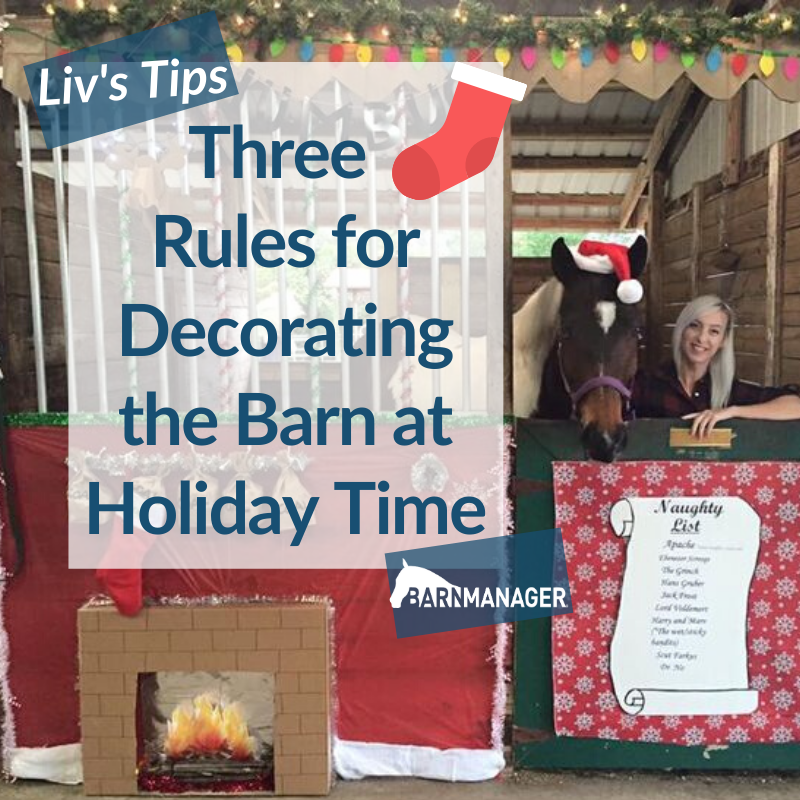
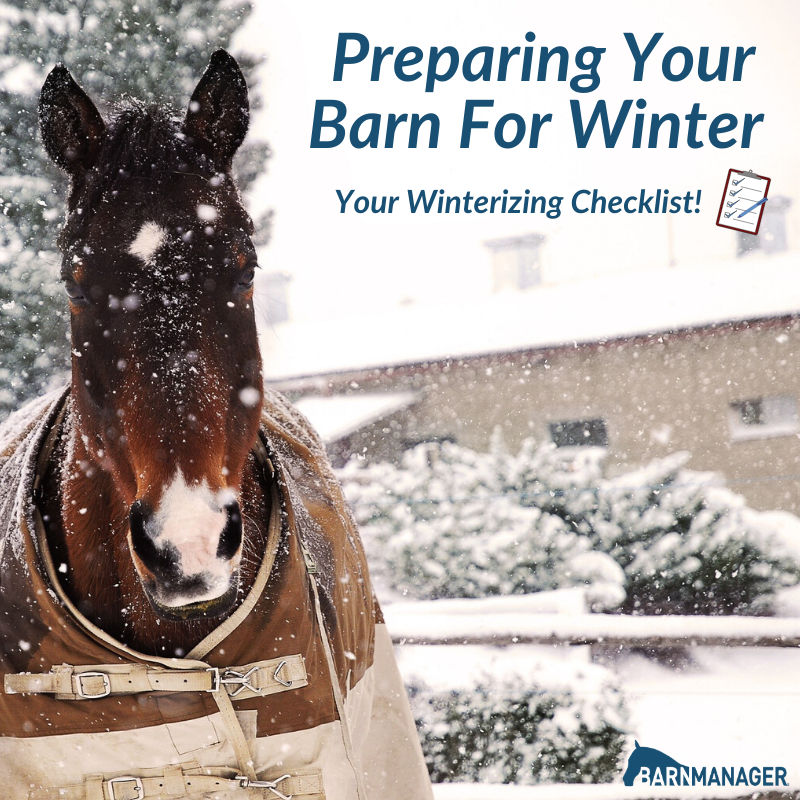
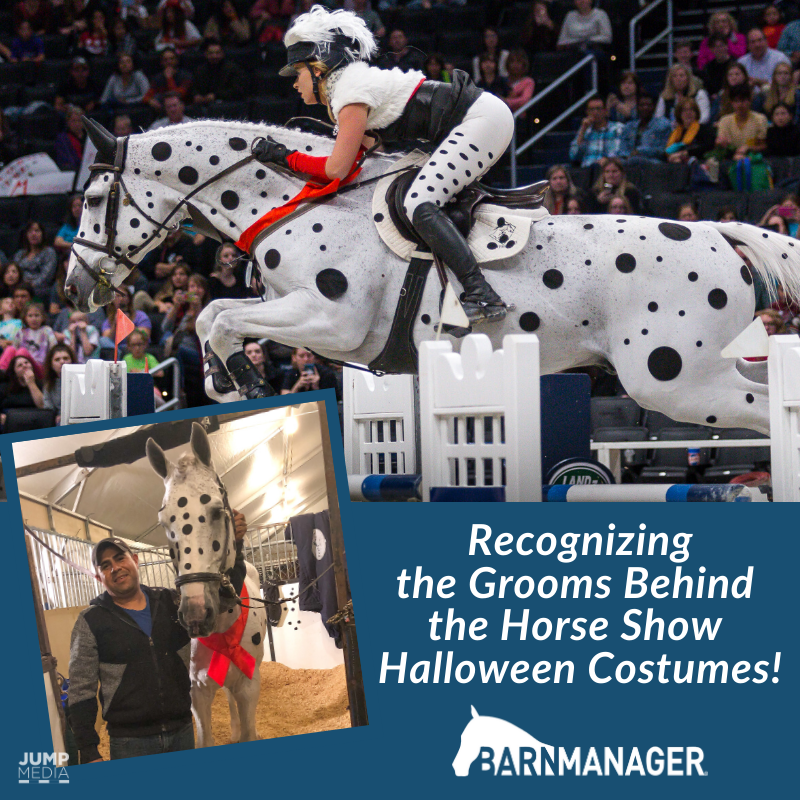
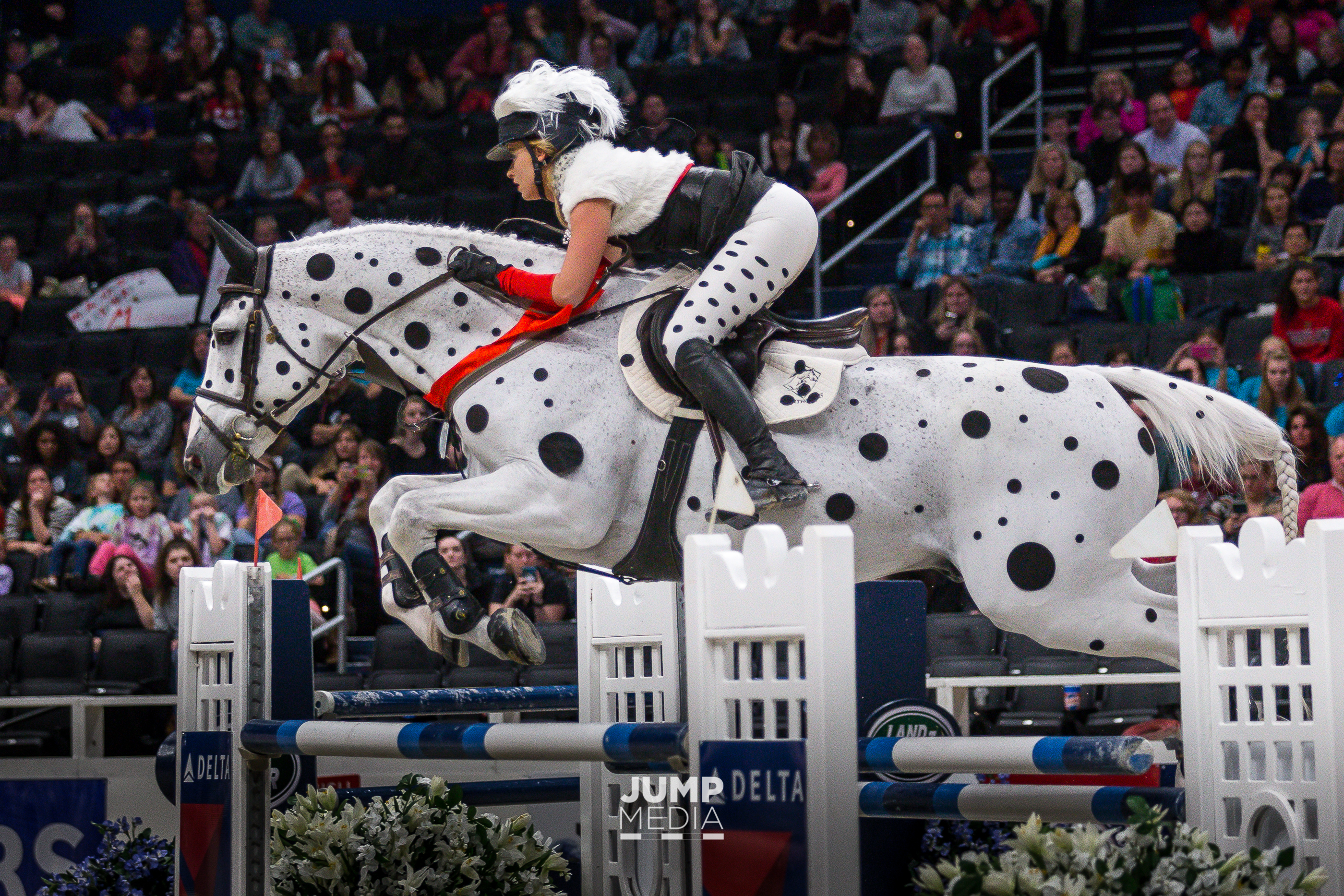 Kristen VanderVeen and Bull Run’s Faustino De Tili. Photo by Jump Media
Kristen VanderVeen and Bull Run’s Faustino De Tili. Photo by Jump Media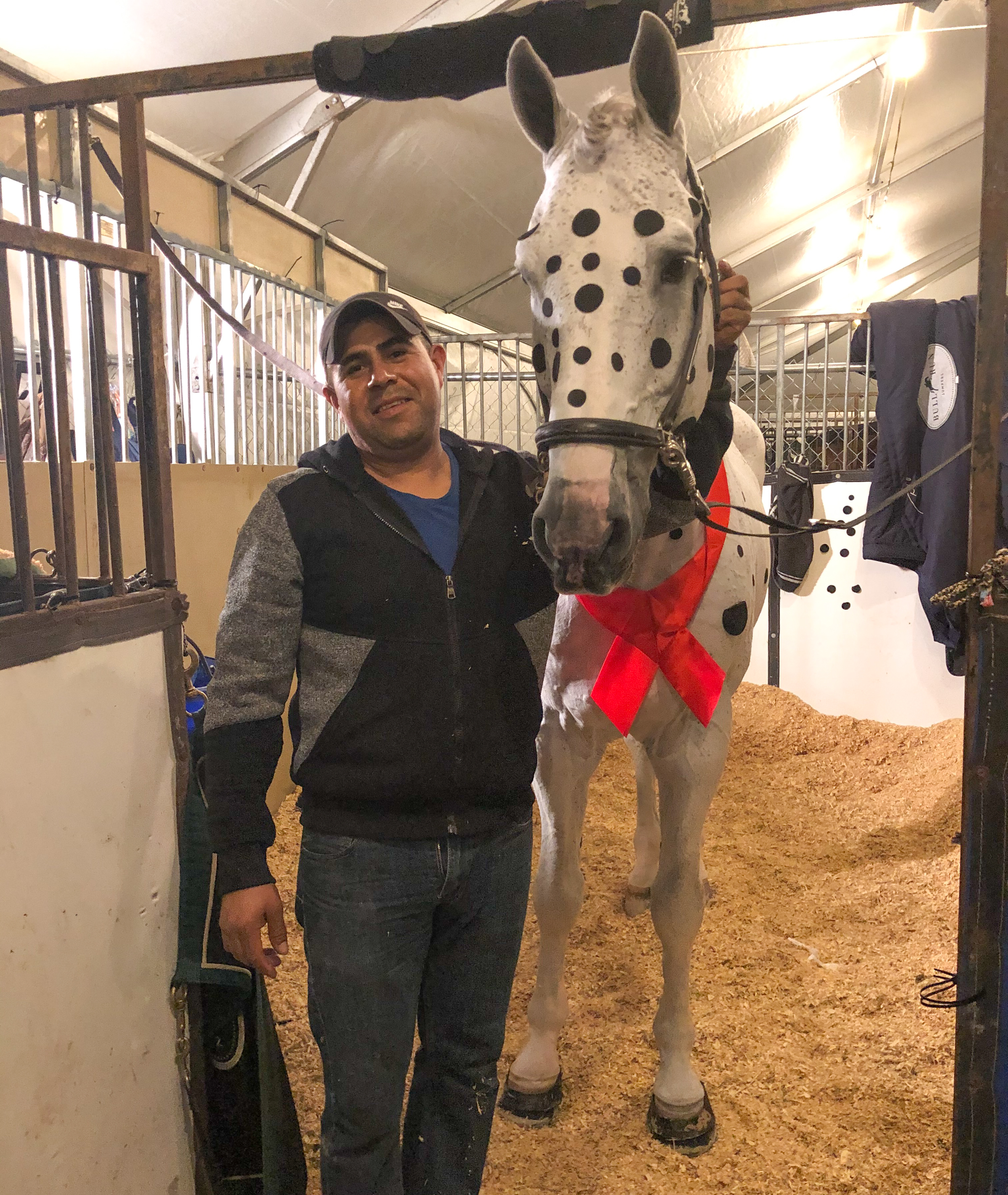
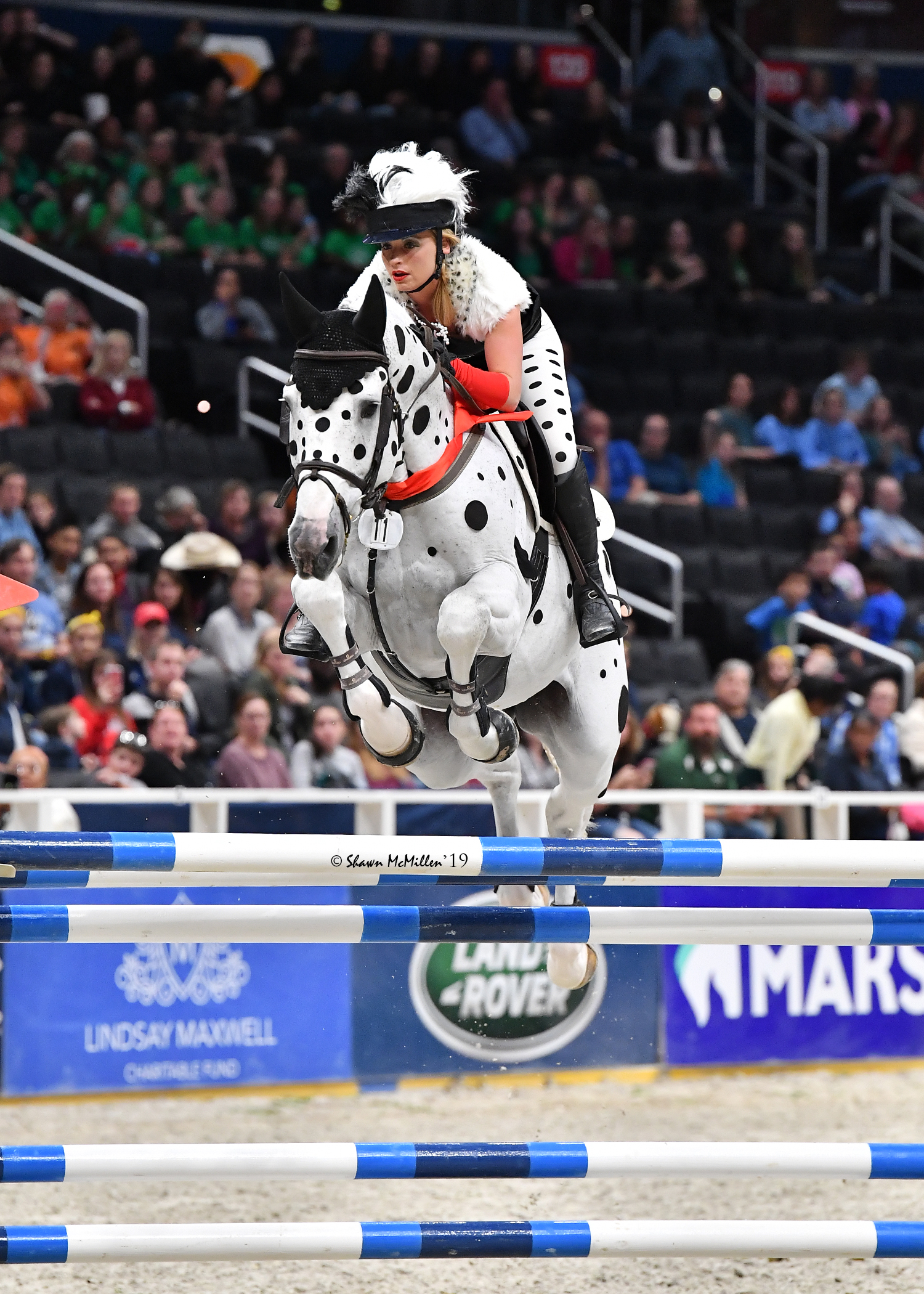 Kristen VanderVeen and Bull Run’s Faustino De Tili. Photo by Shawn McMillen Photography
Kristen VanderVeen and Bull Run’s Faustino De Tili. Photo by Shawn McMillen Photography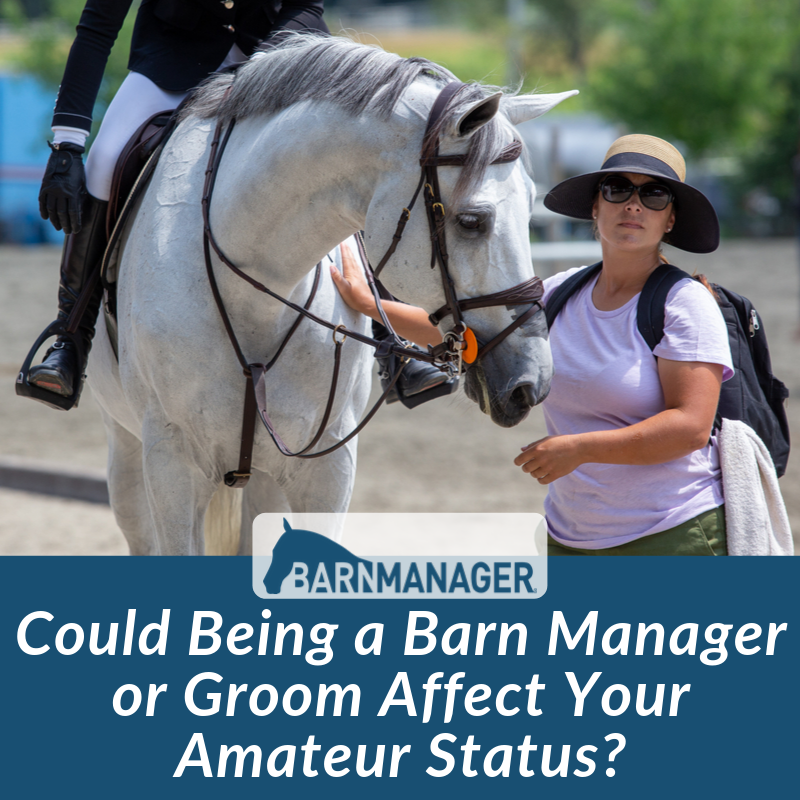
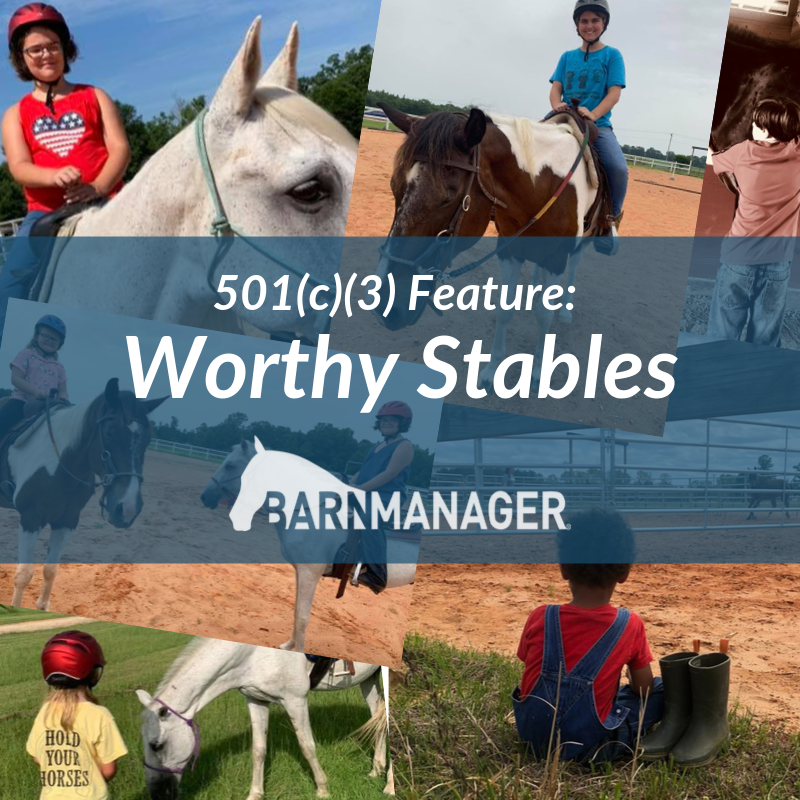
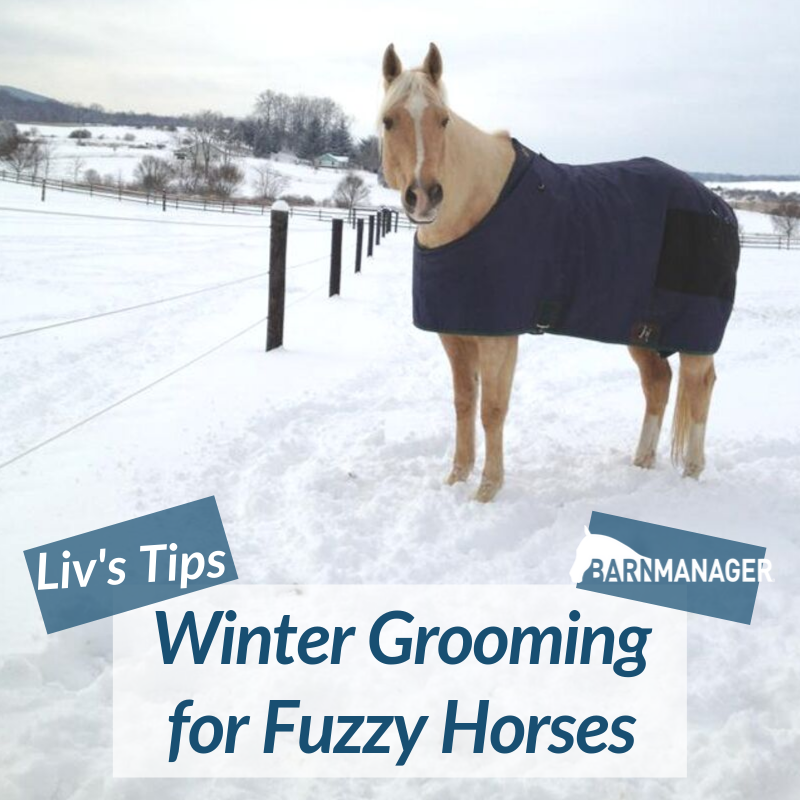
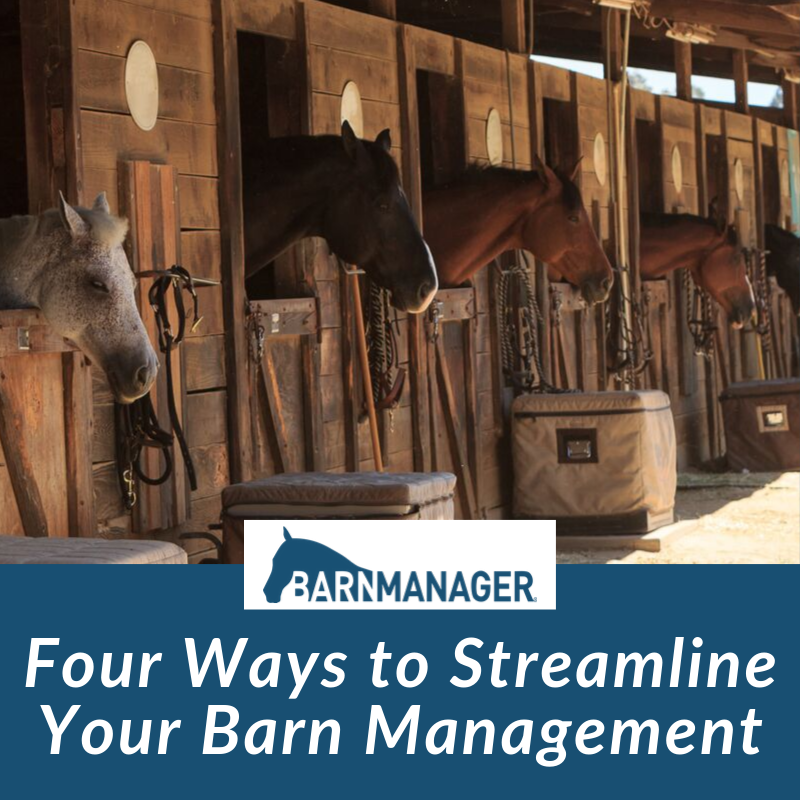
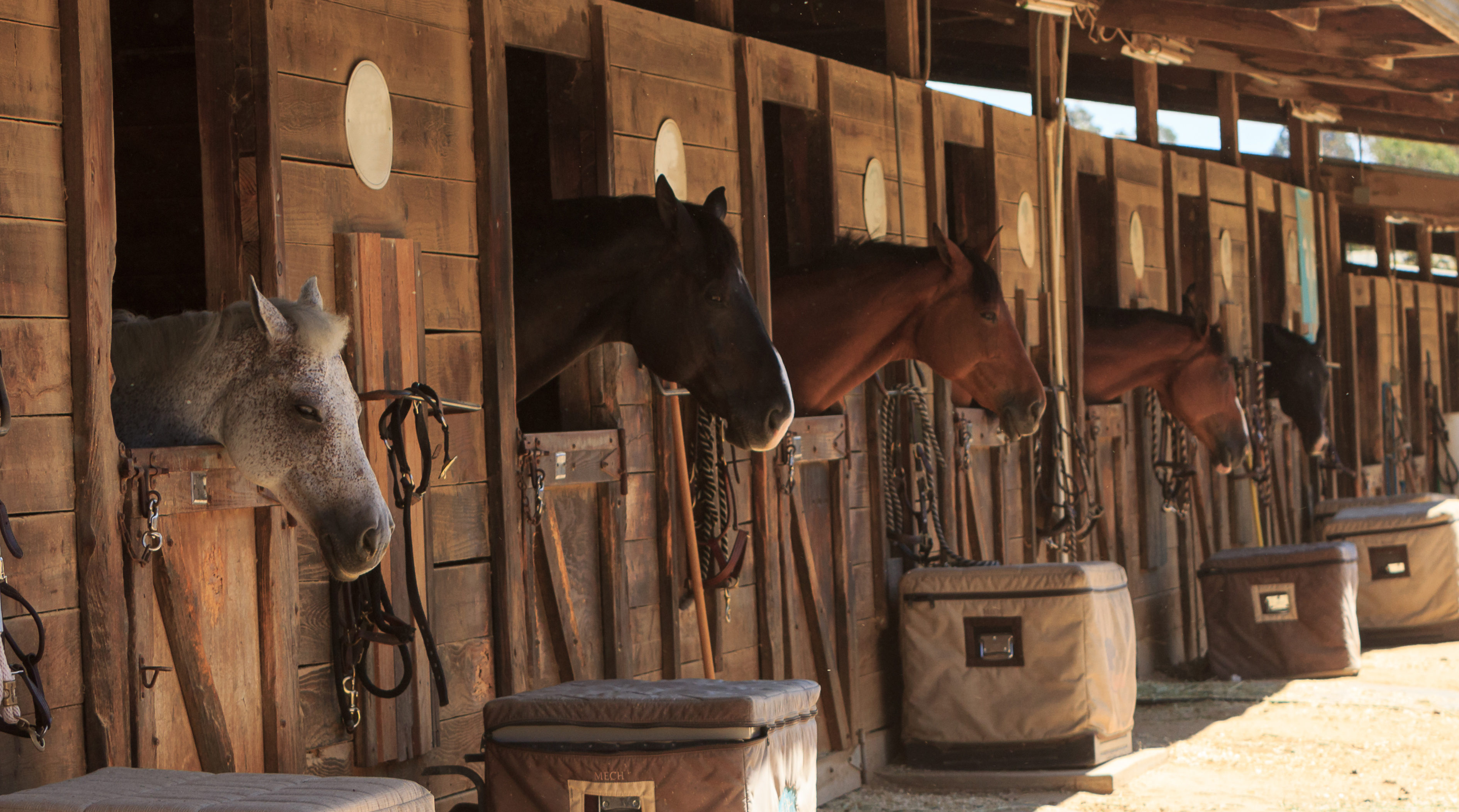
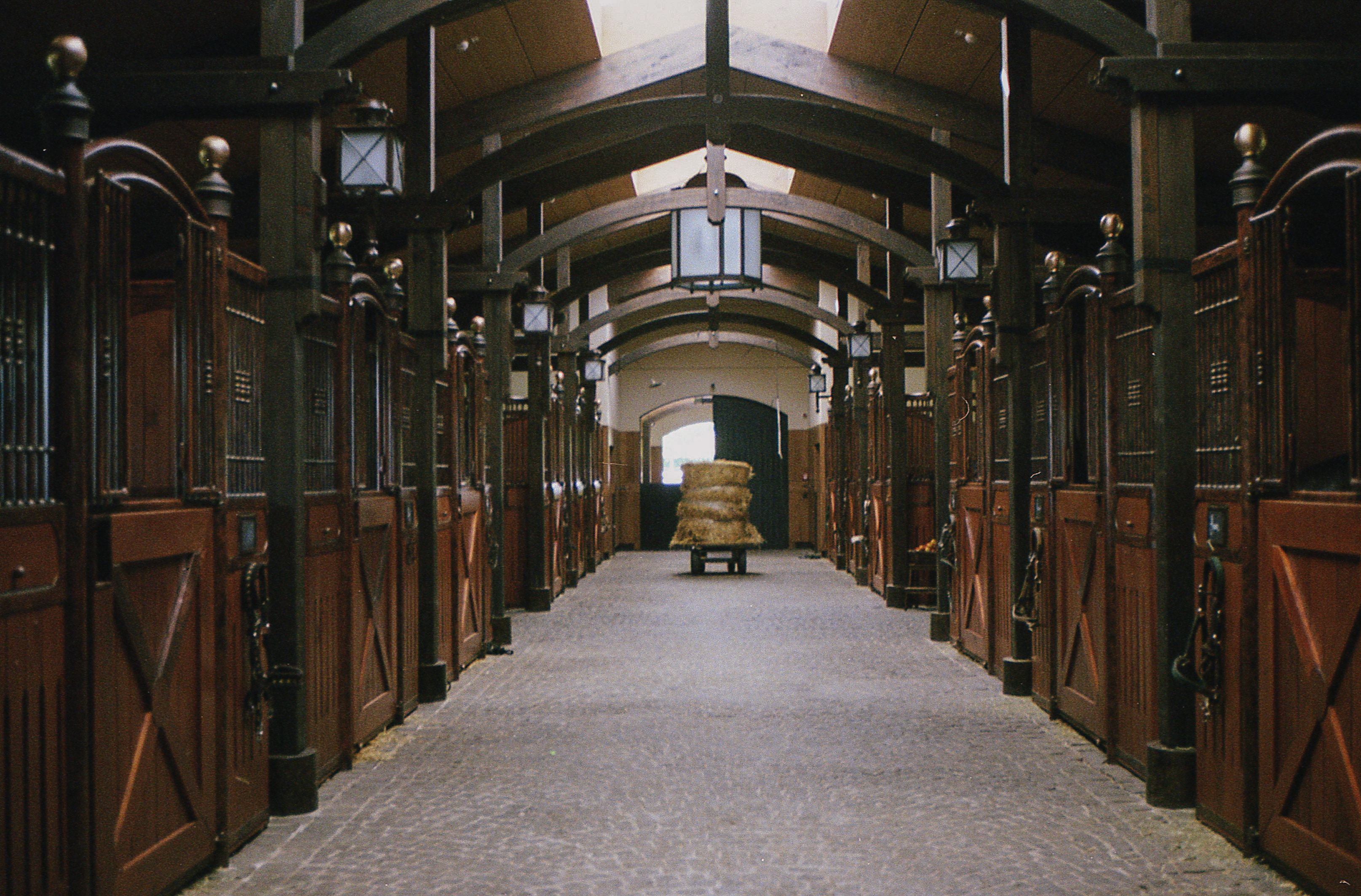
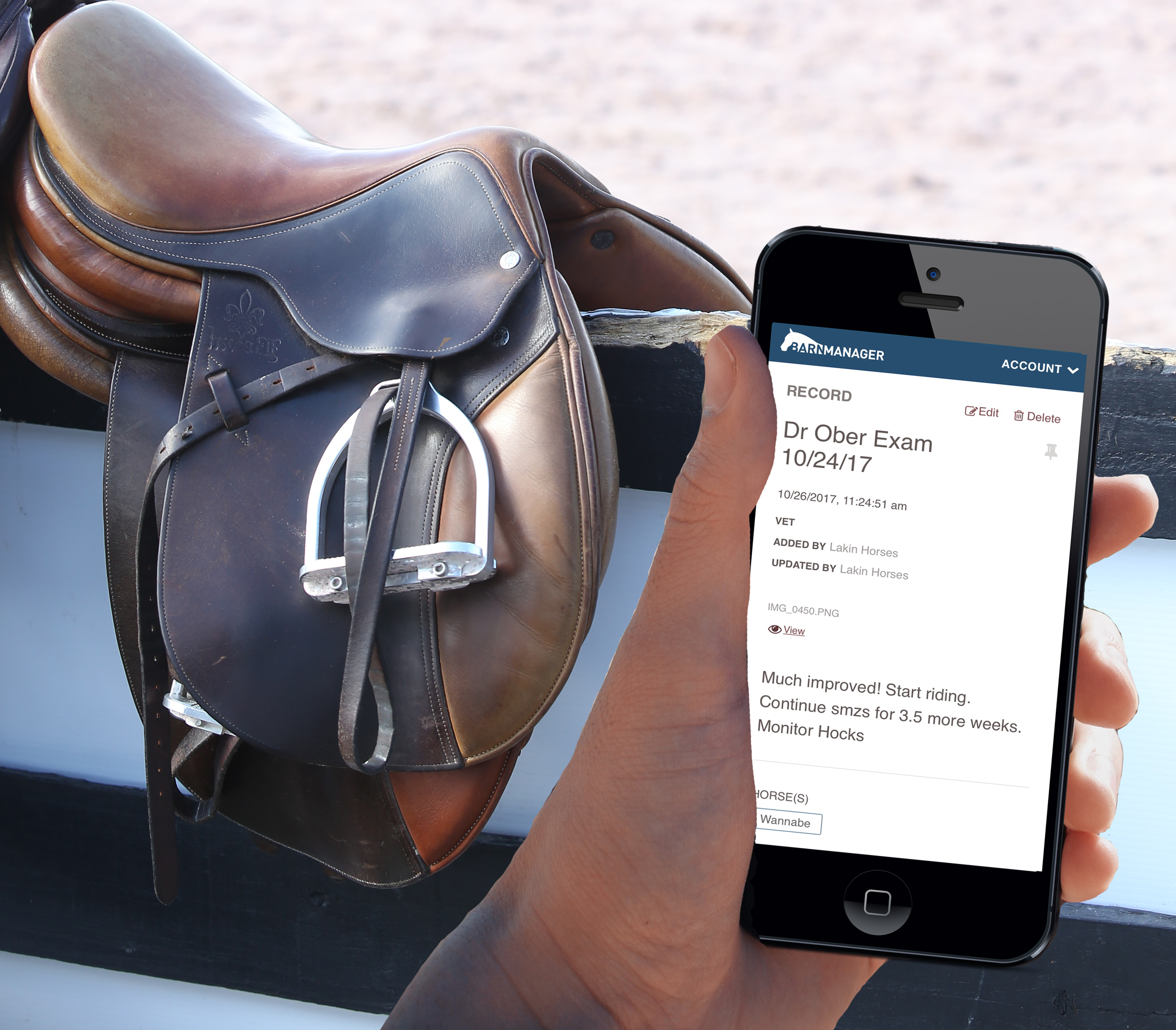
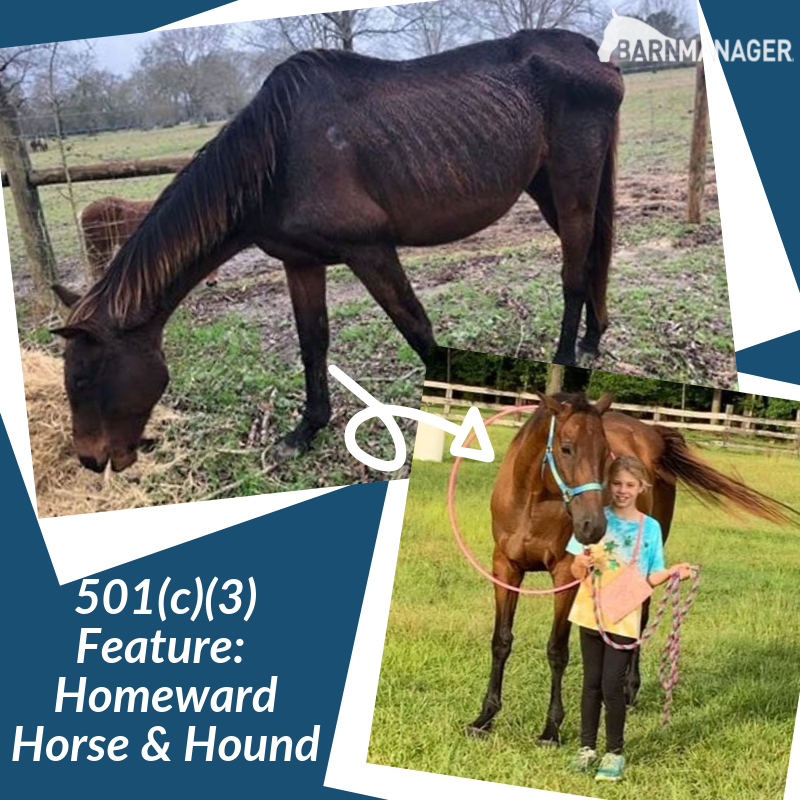
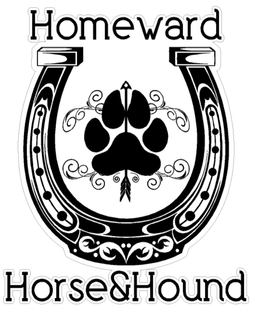 Miranda Swilley was rehabilitating a rescued hound dog named Sadie when she came to the realization that there was no hound-specific rescue in her home state of Mississippi. Recognizing this, Swilley began advocating for and taking in abandoned or neglected hounds.
Miranda Swilley was rehabilitating a rescued hound dog named Sadie when she came to the realization that there was no hound-specific rescue in her home state of Mississippi. Recognizing this, Swilley began advocating for and taking in abandoned or neglected hounds.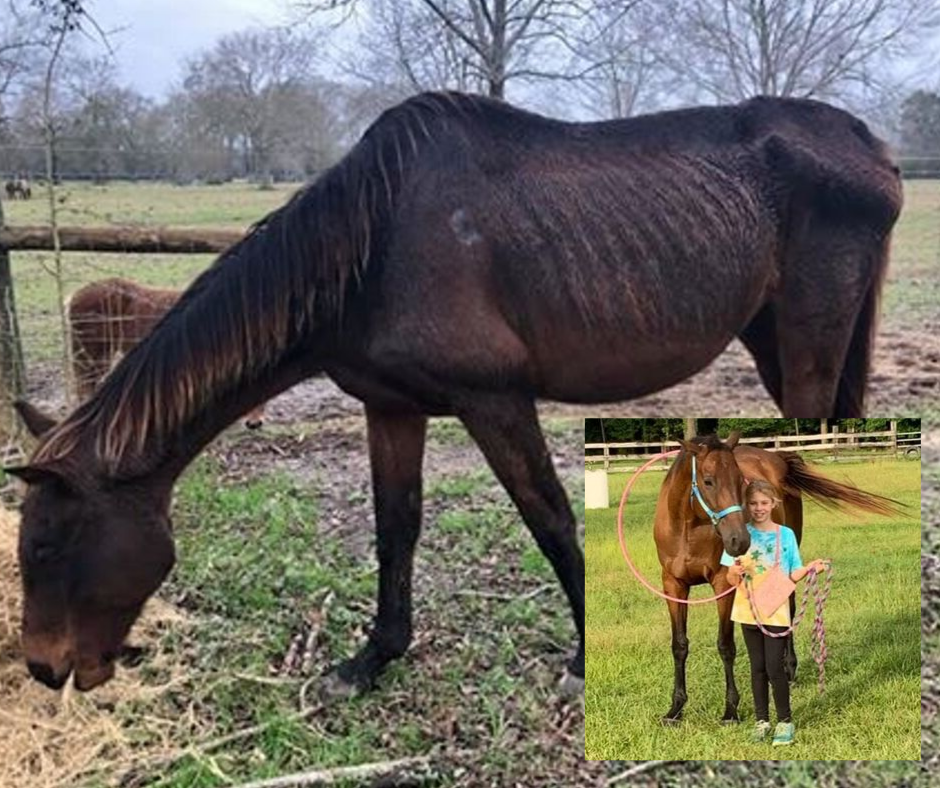
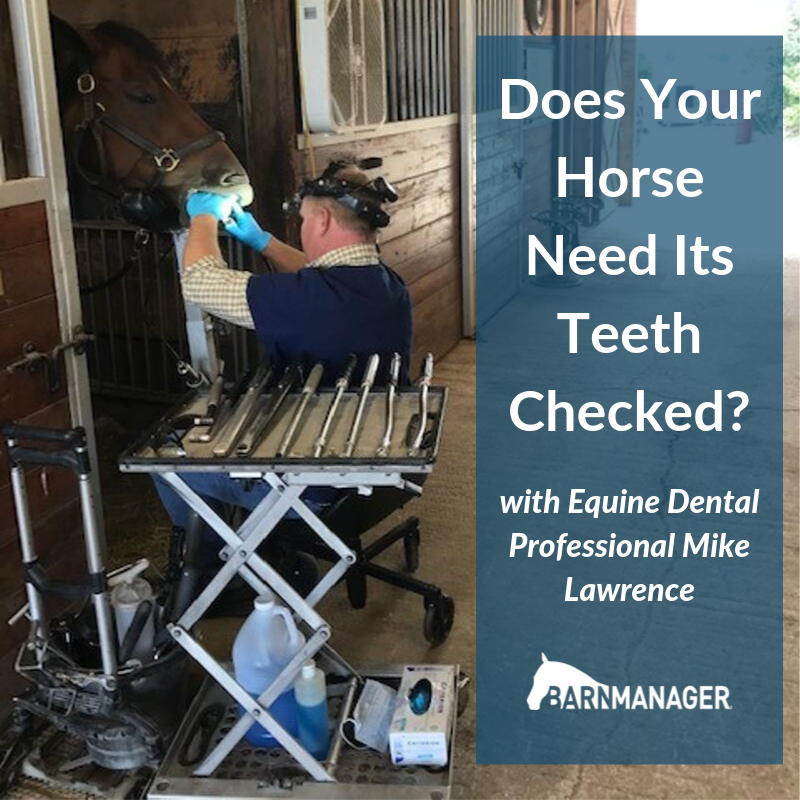
 Horses’ teeth naturally erupt and develop sharp enamel points when they masticate. These points can abrade the tissues of the mouth and cause your horse discomfort. These points and malocclusions, or deviations from normal dental contact, can also affect the natural motion of the mandible when chewing or being ridden, particularly if the horse wears a tight noseband.
Horses’ teeth naturally erupt and develop sharp enamel points when they masticate. These points can abrade the tissues of the mouth and cause your horse discomfort. These points and malocclusions, or deviations from normal dental contact, can also affect the natural motion of the mandible when chewing or being ridden, particularly if the horse wears a tight noseband.